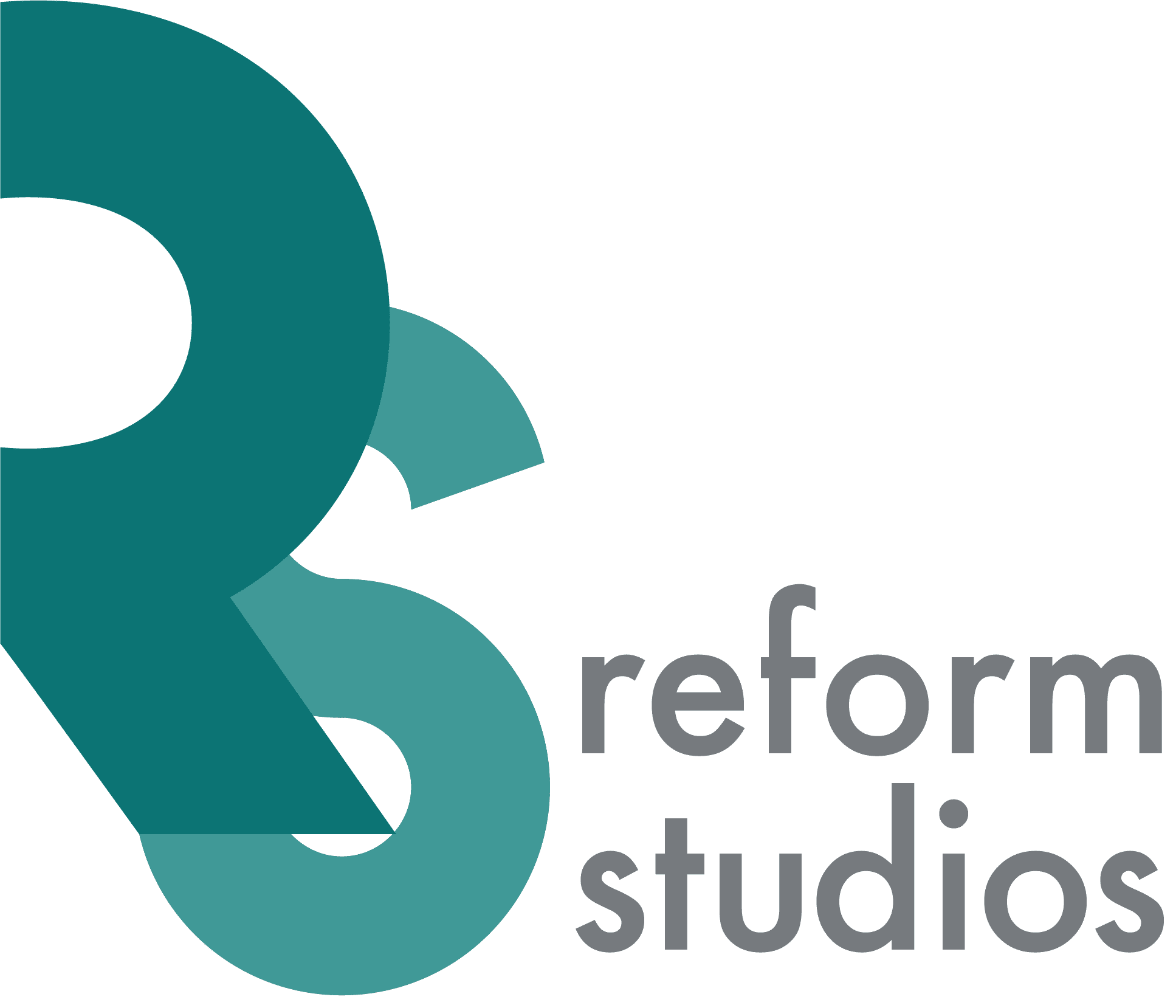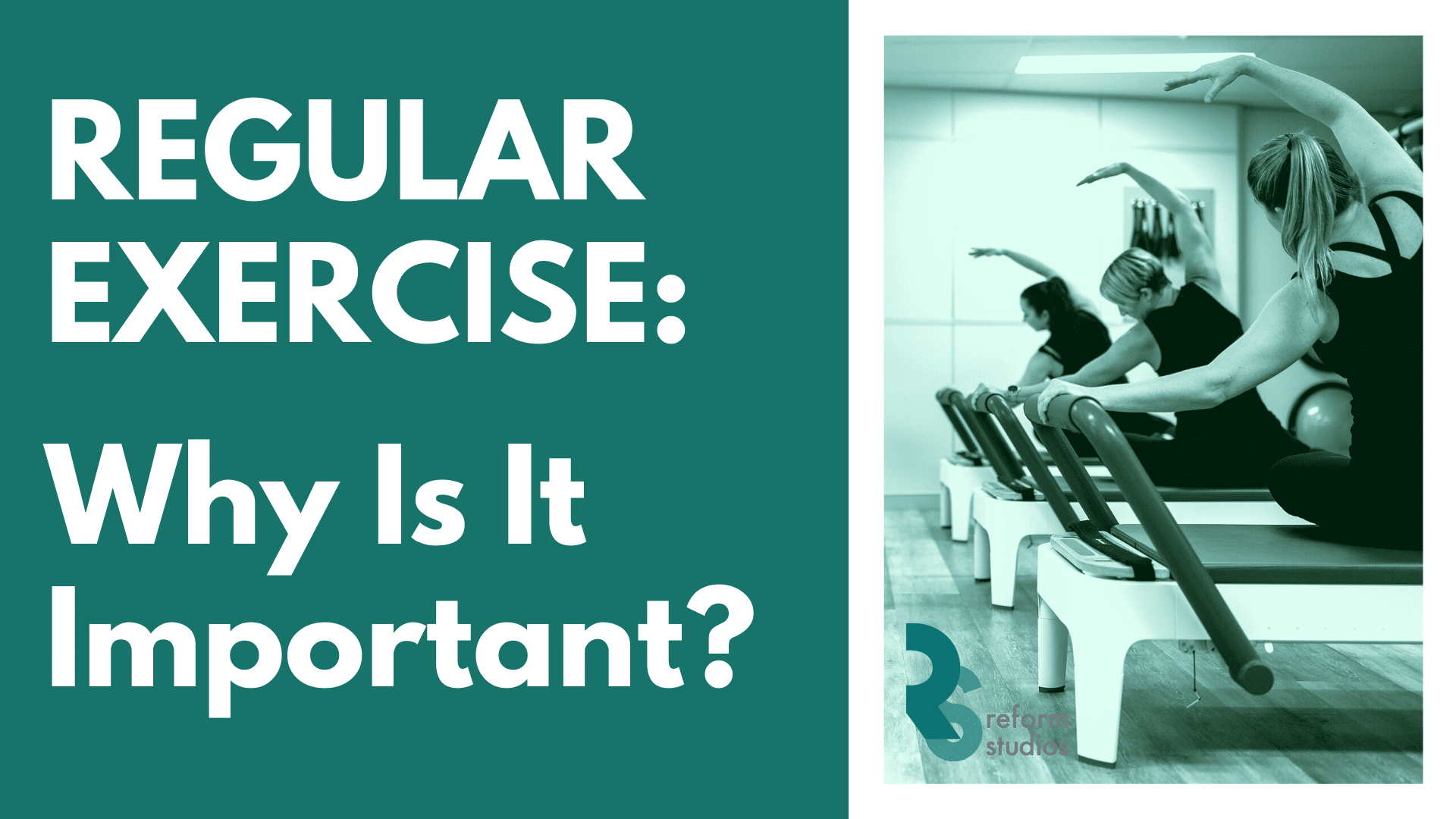

Chronic pain is exhausting. One wrong move can trigger sudden pain or even a flare-up that lasts for weeks.
And exercising with chronic pain is scary. Most individuals are nervous about aggravating their already existing issues. It’s also tough to muster up the motivation to exercise when you’re in pain or you’re tired.
Yet, there are options. For instance, Pilates for chronic pain offers a method of low-impact exercise. The slow and controlled movement patterns in Pilates limit the risk of injury, while strengthening and stretching areas of the body to help relieve pain. It’s almost a perfect balance.
However, it’s important to note that there is no one-size-fits-all solution. Every person’s pain is different. Thus, one person’s exercise routine for chronic pain may be different from the next. And Pilates for chronic pain is no exception. Always set your own pace. Acknowledge your limits. If something doesn’t feel right or pain begins to set in, don’t do it.
But what else should you know about Pilates for chronic pain? What should you be aware of?
Consult With Your Doctor First
Is Pilates right for you? There are various exercises that can help with chronic pain, such as Pilates for chronic back pain and Pilates for fibromyalgia. But check with your doctor or physical therapist before beginning any new exercise program out of their scope. They know you and your health situation best, and will be able to provide advice or recommendations specific to you.
Start Slow
Begin with one class a week. And expect to start with the most basic and simple moves. You don’t want to push your body past its limits, especially when a flare-up could be the potential consequence. At Reform Studios we offer Small Group Beginners classes specifically for this reason.
Then, gradually build. Start doing 2 classes a week, then 3 classes a week. Keep your max to about 3-4 a week to allow adequate rest days for you and your body. Consider doing stretches or light cardio, like walking, on your rest days.
Ask For Options When You Need Them
What is your Pilates instructor for? Let them know before class starts about your limitations. And don’t be afraid to ask during class for other options – especially if pain occurs. You want to err on the side of caution to avoid aggravating your pain.
If Pain Occurs…
Stop and adjust. If it continues, stop altogether. Let the instructor know. Wait until the pain subsides before continuing. This may involve leaving the class and trying again at a later date. And that’s okay. You’re getting to know your body and its limits. And make sure you acknowledge what probably caused the pain. It can help avoid it in the future.
Accept That Some Days Will Be Better Than Others
Bad days will still happen. Eventually with exercise, these will hopefully become fewer and more spread out. Yet, some days you will notice you’ll be able to do more than others. Accept this and move at your own pace. Don’t try to keep up with the rest of the class if you know your body can’t. Some days you’ll be able to do more. Some days you’ll have to do less.
Be Patient
Chronic pain doesn’t disappear or lessen overnight. In fact, overdoing it can lead to serious fatigue and exhaustion, making your pain worse. So, be patient! Progress slow. Give yourself time to adapt. And yes, your pace may differ from the person next to you. Focus on your journey, not theirs.
Try Pilates for Chronic Pain Today!
The best way to find out if Pilates is right for you? Try it out. And if you’re looking for a place to practice Pilates in Mitchelton, look no further. Reform Studios is located in Mitchelton and offers both mat and reform Pilates. Sign up for your next class today.
Sign up for your first class today.
Share This Story, Choose Your Platform!
Related Posts
Exercise is any kind of physical activity that gets our bodies moving, makes us breath faster and speeds up our heart rate. It is essential for optimal physical and mental health and overall wellbeing at any age. Why? Because the human body is designed [...]
Keeping fit is beneficial at any age, but did you know that being active and exercising regularly can actually help you fight the effects of ageing? Here’s five things that exercise can do for you after 50: 1. Exercise and Cognitive Function Exercising to [...]



